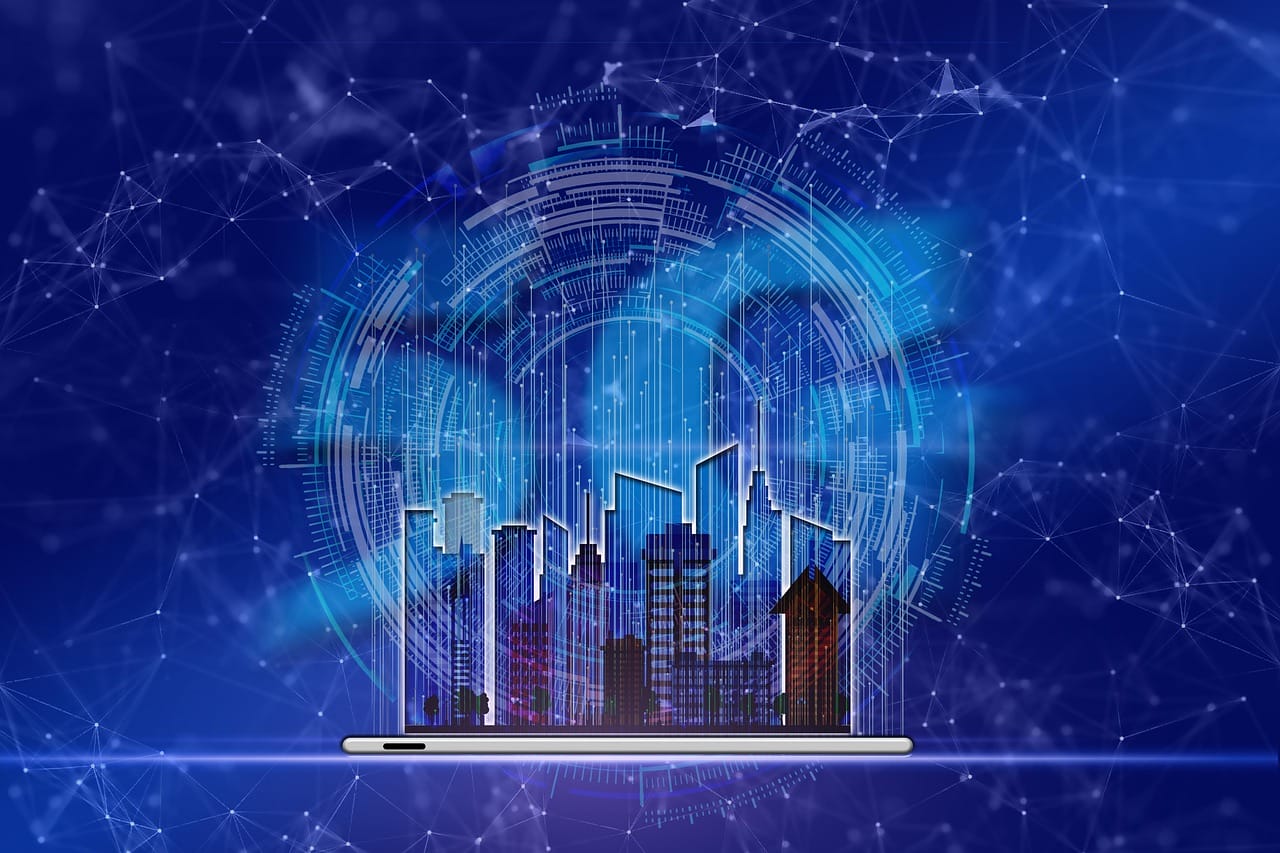What if your building could think, learn, and adapt to your needs? Even without you having to lift a finger? That is no longer a futuristic concept. It’s becoming the new standard in how we design and experience urban spaces.
In cities struggling with population growth, energy strain, and climate stress, buildings are rapidly evolving from static structures into dynamic, intelligent systems. At the center lies a wave of new construction technology—from AI and IoT to edge computing and advanced energy systems redefining what’s possible in the built environment.
LOCAL NEWS: 100 best places to work and live in Arizona for 2025
From Passive to Predictive
The traditional building is passive: lights switch on manually, heating runs regardless of occupancy, and maintenance is reactive. Contrast that with a smart building, where systems automatically optimize based on real-time data, weather forecasts, and user behavior. These buildings don’t just respond, they anticipate.
AI algorithms analyze sensor data to optimize temperature, lighting, and airflow, ensuring maximum comfort and efficiency. Over time, the system learns and adapts, fine-tuning operations season by season and tenant by tenant. The outcome? A more resilient, cost-effective, and comfortable environment for both occupants and owners.
IoT: The Nervous System of the Smart Building
Intelligent infrastructure is built on data. IoT devices embedded throughout a facility gather insights into everything from energy usage to foot traffic. Sensors detect CO₂ levels, movement, or ambient light, and the building reacts in real-time.
But it’s not just about data collection. Edge computing now enables that data to be processed locally within the building itself. This reduces latency, increases privacy, and supports instant decision-making, which is an essential feature for safety systems, energy balancing, and climate control.
Enabling Net-Zero Ambitions
Smart buildings are also key players in the push toward carbon neutrality. Energy-efficient design alone isn’t enough. Only through real-time monitoring and control can a structure truly minimize its footprint.
Automation adjusts consumption dynamically, powering down unused areas, regulating systems to match occupancy, and even integrating on-site renewable energy sources. In some cases, buildings can generate excess energy and feed it back into the grid, effectively becoming micro-generators within urban energy networks.
Resilience and Safety in a Connected Age
Advanced security systems powered by AI are improving occupant safety. Facial recognition, anomaly detection, and smart access control ensure that only authorized individuals enter sensitive areas. Fire alarms, air quality monitors, and leak detectors are no longer standalone, they’re integrated, self-reporting, and proactive.
With rising cybersecurity threats, data protection is equally vital. Encryption, secure protocols, and system redundancies are embedded into modern smart infrastructure to build trust with tenants and partners.
Creating Comfort Through Intelligence
Intelligent environments are also more comfortable. Smart lighting mimics natural circadian rhythms and climate systems adjust for humidity and air purity as much as temperature. These technologies aren’t just conveniences as they reduce stress, boost productivity, and support overall well-being.
Beyond the workspace, residential buildings use these tools to deliver premium experiences. From voice-controlled heating to app-managed guest access, the smart home is now part of mainstream urban development.
Learning Systems: The Next Leap
The real shift comes when buildings start to learn. Machine learning enables systems to identify patterns, such as peak energy loads, seasonal foot traffic, or maintenance cycles, and adjust accordingly. This self-optimization extends equipment life, lowers operating costs as well as simplifies management.
For developers, that means smarter investments. For occupants, it means spaces that feel intuitive, adaptive, and human-centric.
Smart Cities Start with Smart Buildings
Urban transformation isn’t top-down. It starts at the foundation. Smart buildings form the backbone of smart cities. They share data with municipal systems, participate in grid-wide energy balancing, and enable more flexible use of infrastructure. A building that adapts to its users becomes part of a city that adapts to its citizens.
When hundreds of such buildings collaborate—communicating with traffic systems, water management, and public transit—you get more than efficiency. You get livability.
Conclusion
As new construction technology continues to evolve, buildings are becoming more than just shelters; they are becoming integral to the overall well-being of their occupants. They’re becoming sentient spaces that think, communicate, and improve with time. For cities to thrive in the coming decades, this shift isn’t optional, it’s essential!
What would your neighborhood look like if every building could think?




